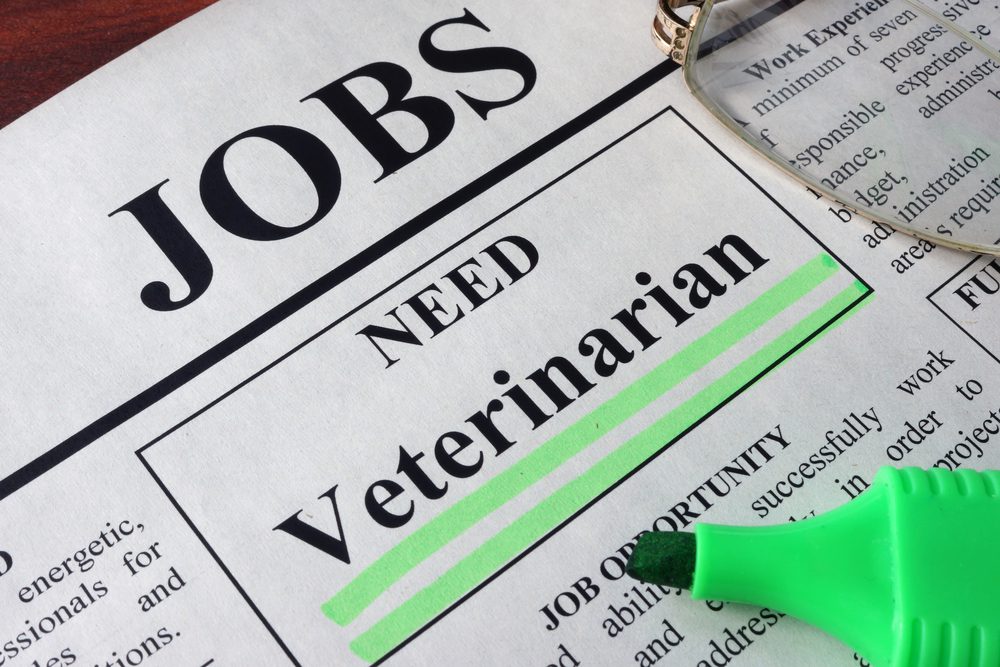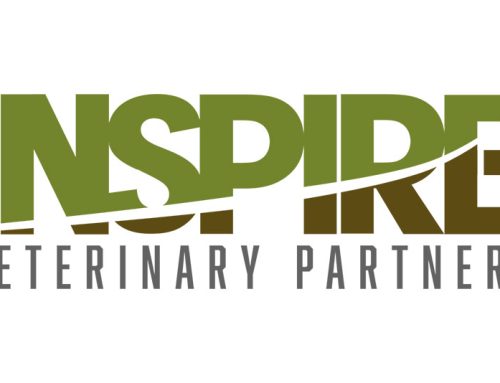In this hot veterinary job market, the world is your oyster. That hasn’t always been the case, however. Fifteen years ago, I would receive 20 to 30 applications for a customer service representative job opening. Now, the labor force is reevaluating what type of work they are willing to do, what type of culture they expect, and how much they need to earn in these roles. While having minimal applicants can be frustrating from a hiring perspective, it is a necessary and painful step toward a better future for veterinary professionals. The current shortage is definitely motivating employers to offer better benefits packages and focus on improving work cultures!
If you open Facebook, you can find endless veterinary job ads around the world asking the question: “What type of package would make you want to work with us?” The responses are incredibly varied, but salary, location, and work environment consistently jockey for the top spots. I’ve had practices try to recruit me directly after I posted some incredibly tough criteria in the comments. I’m not sure they could have met my demands, but it was an interesting experiment!
The truth is that the “complete package” looks different for everyone. While one job seeker may want to gain surgical experience, another may want a flexible schedule to accommodate family activities. While embarking on your own job search, it is important to determine what your complete package looks like.
Define your criteria
First, take time to consider what is important to you. This is your chance to secure the package and work environment that works for YOU. Too often, people take a reactionary approach and look for a job that fixes all the things they didn’t like about their last job. While it is important to consider what you don’t want, I urge you to think bigger. Imagine what your ideal job looks like, and list the criteria. Then, prioritize these criteria to define “must haves” versus “wants.” Maybe you worked every late shift at your last job. If you absolutely hate working late shifts, decide if your next job needs to meet a “no late shift” criteria, or if you would compromise at even one late shift per week. For salary needs, decide what your ideal pay is, and the minimum amount you will agree to. Knowing your limits before interviewing helps both parties reach a “win-win” agreement. It also helps you know when to walk away, if necessary.
Learn all you can about prospective practices
When job hunting, concrete criteria such as pay, location, benefits, and hours are easy to pin down early in the process. However, things like hospital culture, support staff utilization, and efficiency are difficult to understand unless you spend time working there. Never be afraid to ask for extended time to shadow and observe—you owe it to yourself and the practice to be sure it is the right fit. Ask to review their appointment schedule and recent doctors’ schedules, and ask about expectations around staying late and lunch breaks. If possible, talk to a previous employee in your same role to understand why they left, and hear any cautionary tales. While you can’t trust everything a previous employee says, it can be beneficial to note their concerns and bring them up to your interviewer to understand what happened, or how they have addressed the issues.
Understand the compensation details
If the pay is based on a percentage of your production, look closely at the details regarding what is included in your production, how appointments are booked, how busy the hospital is, and how accurate the invoicing and billing is. I will never forget one of my early jobs that paid a great base salary with great hours, but the hospital was so slow that I could never meet my production goals. I quickly fell deep into negative accrual. I learned some very hard lessons in that job!
Be willing to compromise
Remember that there will be some tradeoffs for certain benefits. This is similar to the concept of negative externalities (i.e., spillover effect to a third party) in economics. For example, the invention of cars was a huge benefit to society in terms of mobility, wealth, and financial growth. However, the production of emissions was a negative externality. For some, salary is the number one factor in choosing a job. While a high salary can be quite alluring, the 60-hour work week and on-call shifts that may be expected can mean sacrificing family time. A job like this can also cause spillover to your mental and physical health. For others, working less than 40 hours a week may be a priority. While that may mean a lower salary and less vacation money, it will afford more time at home with the kids. Tradeoffs are inevitable, so take time to understand what tradeoffs you are willing to make for certain benefits as you search for your next job. You never know—you may just find a job that ticks all your checkboxes!








Leave A Comment